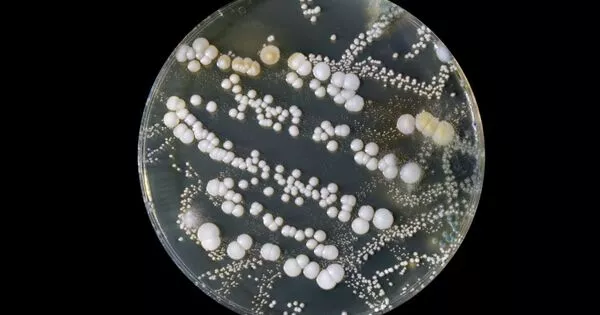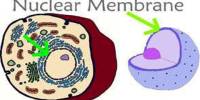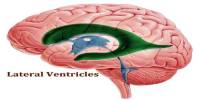Bacterial growth is the process by which bacterial cells multiply and multiply in number. It is the division of a bacterium into two daughter cells, a process known as binary fission. In the absence of a mutation event, the resulting daughter cells are genetically identical to the original cell. This growth is an essential component of bacterial life cycles and plays an important role in a variety of biological and environmental processes.
As a result, bacterial growth occurs. Both daughter cells from the division may or may not survive. However, if the average number of survivors exceeds one, the bacterial population grows exponentially. Microbiology, medicine, biotechnology, and environmental science all rely on understanding bacterial growth.
Bacterial growth typically involves several distinct phases:
- Lag Phase: Bacteria are adjusting to their environment, synthesizing necessary enzymes, and preparing for active growth during this initial phase. While cell division is limited, metabolic activity is high.
- Logarithmic (Log or Exponential) Phase: Bacteria grow rapidly and exponentially during this phase. The population continues to double at a constant rate as long as nutrients are abundant and environmental conditions are favorable.
- Stationary Phase: As the bacterial population grows, nutrient availability may become limited, and waste products may accumulate. This causes a growth plateau, in which the number of new cells produced equals the number of cells dying. During this phase, the population remains relatively constant.
- Death Phase: Eventually, the depletion of nutrients and the accumulation of waste products become detrimental to bacterial growth. The death phase is characterized by a decline in the overall number of viable cells.
The measurement of an exponential bacterial growth curve in batch culture has traditionally been part of all microbiologists’ training; the basic method requires bacterial enumeration (cell counting) via direct and individual (microscopic, flow cytometry), direct and bulk (biomass), indirect and individual (colony counting), or indirect and bulk (most probable number, turbidity, nutrient uptake) methods. Models bring theory and measurements together.
Several factors influence bacterial growth:
- Nutrient Availability: Bacteria require specific nutrients such as carbon, nitrogen, phosphorus, and trace elements for growth.
- Temperature: Different bacteria have optimal growth temperatures, and deviations from this range can impact growth rates.
- pH: Bacteria thrive in specific pH ranges, and variations outside these ranges can inhibit growth.
- Oxygen Availability: Some bacteria require oxygen (aerobes), while others cannot tolerate it (anaerobes). There are also facultative anaerobes that can grow with or without oxygen.
- Environmental Conditions: Bacterial growth can be influenced by factors such as osmotic pressure, humidity, and the presence of inhibitory substances.
- Genetic Factors: Bacterial genetic makeup influences their ability to adapt to various environments and conditions.
Bacterial growth control is critical in a variety of applications, ranging from food preservation and medical sterilization to wastewater treatment and pharmaceutical production. Depending on the circumstances, various methods such as antibiotics, disinfectants, and sterilization techniques are used.
















